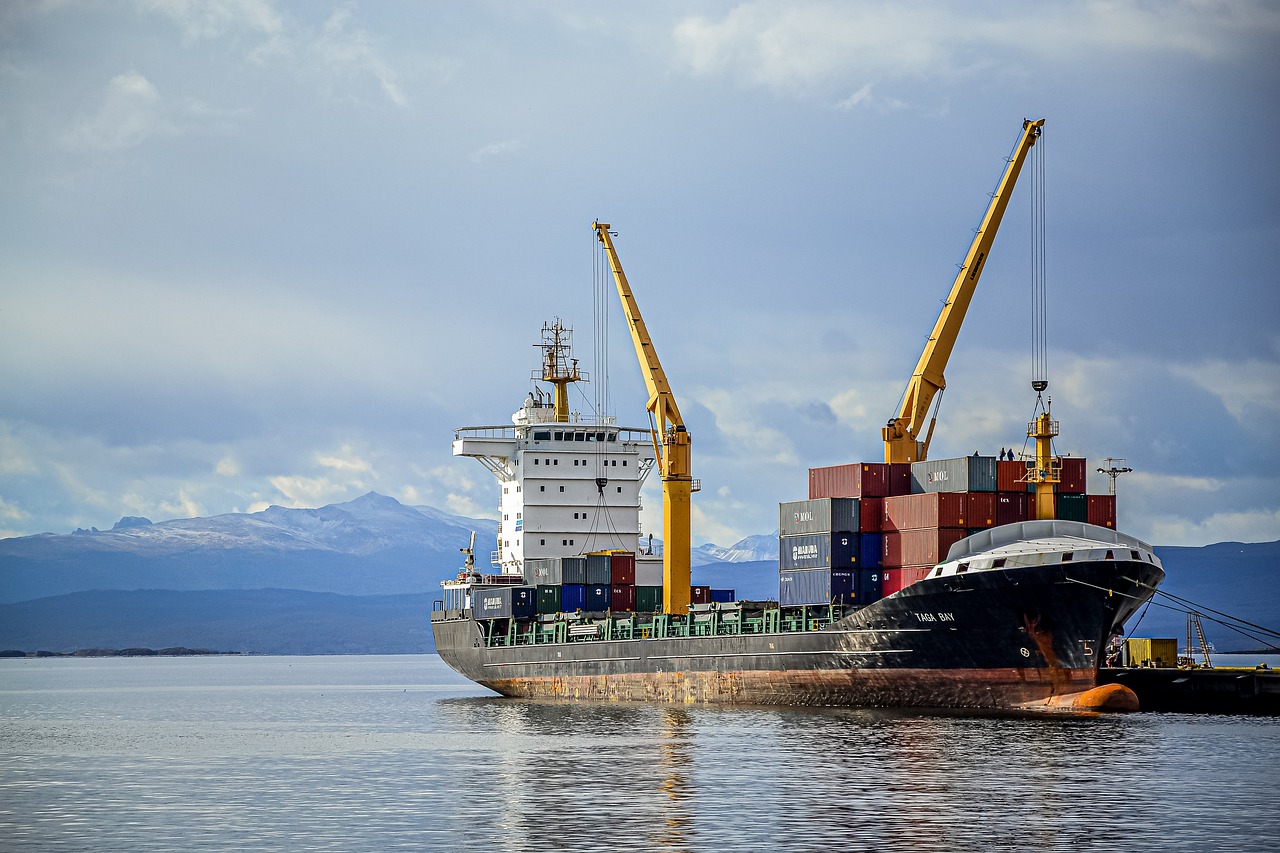
Vocabulary:
I will read the words, meanings, and sample sentences. Then, repeat after me.
- commercial /kuh-MUR-shuhl/
- cargo /KAHR-goh/
- refloat /ree-FLOAT/
- depth /depth/
- commander /kuh-MAN-der/
[adjective] – related to buying and selling things
Many commercial ships pass through the port every day.
[noun] – the goods carried by a ship, aircraft, or other large vehicle
The ship was loaded with cargo for the trip across the ocean.
[verb] – to make a ship float again after it has sunk or grounded
They worked hard to refloat the ship after it ran aground.
[noun] – the distance down either from the top of something to the bottom, or to a distance below the top surface of something
The depth of the water in the river changes after heavy rain.
[noun] – an officer in charge of a group of soldiers or a military operation
The commander gave orders to the troops.
Article reading:
Please read the whole article. Then, I will check your pronunciation and intonation.
The main shipping channel into Baltimore’s port has reopened to its original size after the collapse of the Francis Scott Key Bridge on March 26. The collapse had blocked most maritime traffic into the harbor, severely affecting the Port of Baltimore, which is a major center for automotive and agricultural equipment. The channel’s reopening follows a significant cleanup operation in which approximately 50,000 tons of debris were removed from the river. The collapse occurred when a container ship lost power and hit one of the bridge’s supporting columns, resulting in fatalities among the roadwork crew on the bridge. The port remained mostly non-operational for weeks while the wreckage was cleared, with portions of the channel being reopened gradually to allow some commercial traffic to resume.
On May 20, the cargo ship Dali, which had been stuck in the wreckage, was refloated and returned to port. After this, the channel was initially reopened to a limited width and depth, with full two-way traffic resuming following additional clearance work. The closure of the port had significant economic impacts, affecting many workers and small businesses. Local and state authorities accelerated efforts to restore normal operations to mitigate these effects. The reopening involved collaboration among numerous federal, state, and local agencies, with around 500 specialists and a large fleet of equipment participating in the salvage efforts. Col. Estee Pinchasin, Baltimore district commander for the Army Corps of Engineers, expressed pride in the coordinated effort and acknowledged the families of the victims, highlighting the human cost of the incident. Investigations by the National Transportation Safety Board and the FBI are ongoing, focusing on the ship’s power failures, and officials aim to rebuild the bridge by 2028.
On May 20, the cargo ship Dali, which had been stuck in the wreckage, was refloated and returned to port. After this, the channel was initially reopened to a limited width and depth, with full two-way traffic resuming following additional clearance work. The closure of the port had significant economic impacts, affecting many workers and small businesses. Local and state authorities accelerated efforts to restore normal operations to mitigate these effects. The reopening involved collaboration among numerous federal, state, and local agencies, with around 500 specialists and a large fleet of equipment participating in the salvage efforts. Col. Estee Pinchasin, Baltimore district commander for the Army Corps of Engineers, expressed pride in the coordinated effort and acknowledged the families of the victims, highlighting the human cost of the incident. Investigations by the National Transportation Safety Board and the FBI are ongoing, focusing on the ship’s power failures, and officials aim to rebuild the bridge by 2028.
Discussion Questions:
I will read each question. Then, please answer them.
- Have you ever visited a major port or harbor? If so, what was your experience like? If not, would you like to visit one, and why or why not?
- Have you or anyone you know ever been affected by a significant transportation disruption? If so, how did it impact daily life? If not, what do you think it would be like?
- Do you agree that the coordination between federal, state, and local agencies was crucial for reopening the port quickly?
- What do you think are the long-term implications of such incidents on local economies and infrastructure planning?
- How can authorities better prepare to handle similar incidents in the future to minimize economic and human costs?
Summarization
Please summarize the whole article using your own words and expressions. You will have one minute to prepare before you answer.
Describe:
Please explain the definition of each word listed below based on your understanding. You can provide example sentences if needed.
- port
- block
- approximately
- accelerate
- mitigate